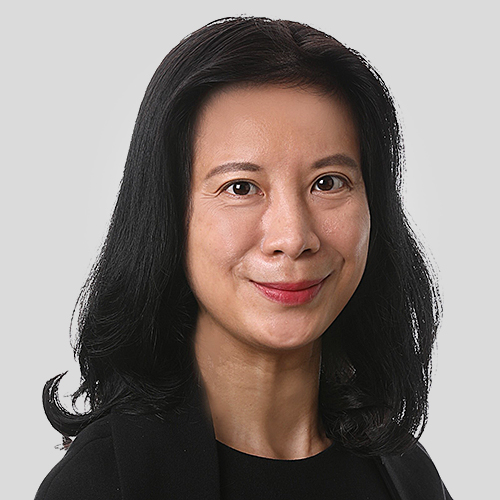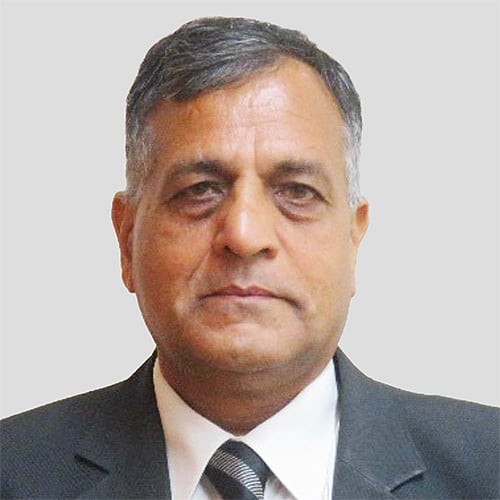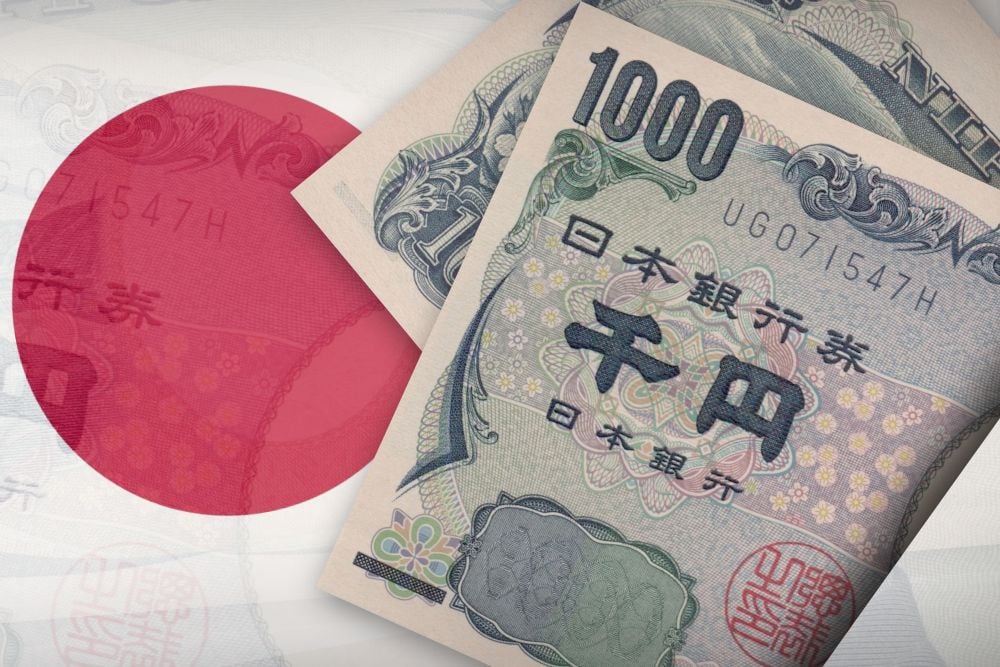.jpg)
The pension fund industry in Asia Pacific has seen significant developments in the past two years. Many firms have unveiled ambitious programs of change, most notably with intentions to step out of the comfort zone of their home markets. I believe a desire to concentrate exposure away from domestic assets, a narrow investment opportunity set, and the need to boost returns are pushing pension funds to think creatively and globally.
Australia is a good example of this shift. It is increasingly looking outside its borders for new investments, even though a great proportion of its assets is still invested at home. I observe that this shift has also been spreading to other conservative places in Asia, such as Japan, home to the world's largest pension fund, where the holding of domestic bonds has been slashed by almost half in the past few years in favour of overseas assets. The region's emerging markets, such as Thailand and Malaysia, are also following suit.
Asia Pacific accounts for the fastest aging population and a rapidly declining old-age support ratio. This makes me believe the region has limited time and opportunity to address the needs of their retirees. This leads to another significant development: retirement funds are accumulating fast in some of the largest markets which demand a much more comprehensive and efficient pension system. The 20-year growth in superannuation assets in Australia has been 12.1% p.a. China is expected to attract net new inflows of 15% annually through 2025, double the rate at which assets for the largest 22 pension funds globally have been growing in the last two decades.
I believe other powerful forces are at play – advanced technology, new regulations, and changed governance structures – and are reshaping the landscape for pension funds in the region. Investing in technological development is a good opportunity for pension funds to refocus on core competencies, reduce system complexity and lower operational risks. In my opinion, there is still a lot of room for improvement. By way of example, a study by Willis Towers Watson in February 2018 revealed that the adoption of new technologies among Asian pension funds has been surprisingly low for the last 20 years.
I do sense, however, a good indication of the much-needed change. The renewed focus on technology and the intense search for tech talent at the highest levels show a brighter picture of things to come. In addition, several industry trends suggest the need for adopting innovative technology platforms to prepare organisations for future growth and competitiveness.
Insourcing: focusing on the strengths within
We see an increasing number of pension funds in the region showing interest in having control of critical data and other processes. Many plan to bring more assets in-house as part of their expansion and diversification strategies. This, along with regulatory changes that demand more transparency and detailed disclosure of underlying holdings, is driving new technology adoption in the pension funds industry.
Naturally, as pension funds get deeper into more complex asset classes and increasing volumes of data, they will require more powerful investment technologies. Existing operating models need to be reviewed:
- Best of breed systems/point solutions, still prevalent in the industry, need to be consolidated;
- The traditional method of combining point solutions with aging custodial technology can no longer keep up with the increasing demand for real-time data and analytics;
- Many traditional outsourcing providers are not able to deliver timely change, support new instruments and markets/data consolidation needs;
- Data should be at the heart of the organisation's strategy. It is intellectual property that needs to be protected and channeled to support good investments. We will need better, faster, more comprehensive information than our competitors to be ahead of the curve.
Cutting through complexity with technology
As pension funds broaden their scope into more complex asset classes, such as alternatives (predicted to double to US$15 trillion by 2020), their governance difficulties, complex data sets and increasing regulations demand more transparency and agility.
I believe many pension funds are not fully equipped to deal with that kind of complexity. The multiplicity of systems, spreadsheets, disparity of data sources and the duplication of tasks in their current platforms cannot efficiently accommodate new asset classes, new tax/accounting standards, reporting requirements and higher transaction volumes without incurring a myriad of extra costs.
A TABB Group report on front office trading technology, 'Breaking Down Buy-Side Barriers: Achieving Alpha Through Agility', points out the inefficiencies of the fragmented investment platform that force staff to spend hours daily manually identifying, investigating and resolving discrepancies and errors. This highlights the operational cost or shared cost of poor reconciliation on top of the equally important cost of lost opportunity of a good investment decision.
Simplifying complex assets with system consolidation
Alternative investments have traditionally been managed more or less independently from the rest of the portfolio given the promise of a non-correlated superior risk-adjusted return and long-term sustainable cash flows.
However, I suggest alternatives should (like other investments) be viewed in a holistic portfolio perspective to gauge correlations, exposures, concentration risks and overall expected returns. System consolidation provides the much-needed consolidated view of risks and exposure across the portfolio.
I support the significant drive in our industry towards achieving operational efficiency by managing all assets on a consolidated investment platform architecture and utilising increased automation. This is not just an effort to attain economies of scale and realise strategies for growth across geographies and capabilities; it is also a key component in risk mitigation, error reduction, and wider compliance.
Future outlook
Pension funds in Asia Pacific are already following their global peers' steps to diversify their asset mix with alternatives. I firmly believe they now need to take the extra step of modernising their technology to remain relevant and competitive. It is clear that only those with the ability to innovate and instill best practices will be around many years from now to continue building the much-needed safety net for their retirees.









